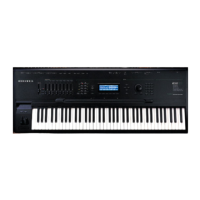
Do you have a question about the Kurzweil K2500 - PERFORMANCE GUIDE REV F PART NUMBER 910251 CHAP 11 and is the answer not in the manual?
| Brand | Kurzweil |
|---|---|
| Model | K2500 - PERFORMANCE GUIDE REV F PART NUMBER 910251 CHAP 11 |
| Category | Synthesizer |
| Language | English |
Overview of parameters for K2500 performance, tuning, transposition, and MIDI settings.
Configuring MIDI channels for drum programs and managing multiple layers.
Adjusting touch sensitivity for keyboard versions of the K2500.
Selecting and understanding different intonation tables for precise tuning.
Locating the version number of ROM objects via Intonation Table 18.
Configuring stereo or mono panning for audio output groups A and B.
Routing audio to bypass or utilize the K2500's internal effects processor.
Adjusting the display screen contrast for optimal visibility.
Enabling or disabling confirmation prompts for memory operations.
Setting the base note for intonation table calculations.
Overview of Object, Delete, Utility, View, Sample, and Reset soft button functions.
Activating special mode for improved response with external controllers.
Interface for selecting Move, Copy, Name, Delete, and Dump operations.
Selecting and transferring objects to different banks or specified IDs.
Duplicating objects to different banks, handling dependencies.
Renaming objects individually or in groups with optional unique identifiers.
Removing objects from RAM, with options for dependent objects.
Exporting selected objects via MIDI System Exclusive.
Using object utilities directly within the editing interface.
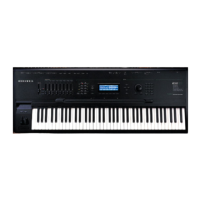
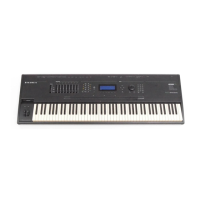
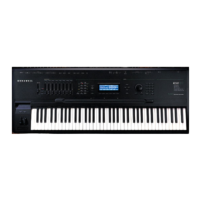
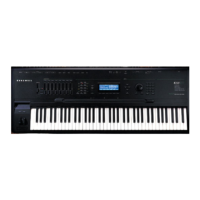
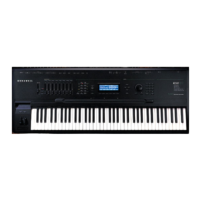
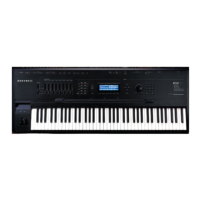
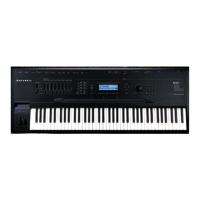
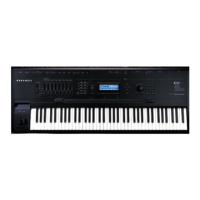
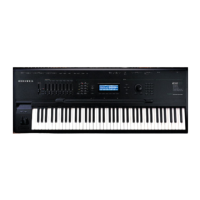

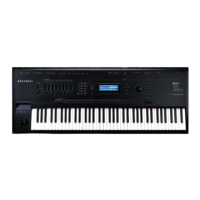
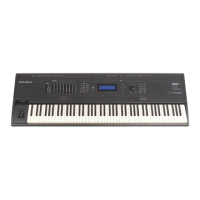
